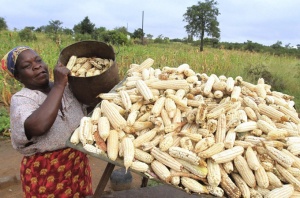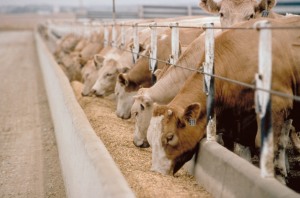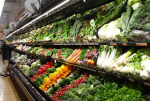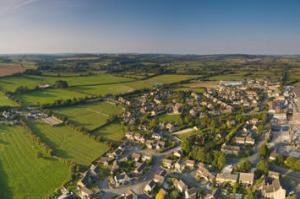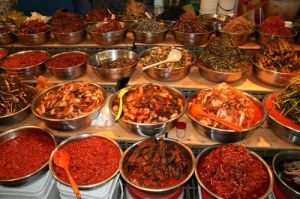With the mounting evidence that conventional agricultural production is unsustainable over the long term, people have been striving to create change in the food system through alternative food networks (AFNs). Intended as a response to the social and environmental injustices that are the result of the current dominate global food system, AFNs include everything from the organic and Fair Trade movements (and the institutionalized system of labeling these products that has gained momentum over the past decade, and which is also not without its flaws and valid criticisms) and Community Supported Agriculture organizations (CSAs), to the concepts of Farm to Table restaurants and “go local” campaigns.
Just as AFNs arouse out of criticisms of industrialized food production, they themselves have not been immune to thorough critiques, which are often well founded. Too often proponents of AFNs can lose sight of the forest for the trees, overlooking ways in which these movements can foster social and environmental injustices similar to the kinds they set out to solve in the first place. For example, the mainstreaming of the organic movement has resulted in the application of industrialized production methods to organic farming, resulting in the continued domination of large corporations in food production – exactly what the organic move purportedly set out to change in the first place.
Similarly, the increasing popularity of the local food movement – which encourages consumers to shop from locally-grown food sources as much as possible – mistakenly assumes that social and environmental justice issues are inherently characteristics of scale, and that local-scale food systems are inherently good for environmental and social justice. As a result, ways in which local-scale food systems can recreate social and environmental injustices, or when going local just becomes impractical and counter-intuitive on an environmental level (for example, the environmental impact of growing citrus fruit in Colorado in the dead of winter can outweigh that of importing it from a more temperate climate and then transporting it from the store to home in an environmentally-friendly way) can be overlooked in the name of adhering to the movement.
However, while these criticisms raise legitimate concerns that need to be taken into account, the critiques themselves can often fail to acknowledge the fundamental importance of alternative food movements in creating a stimulating social dialogue around food production and consumption – a dialogue that it is necessary to begin in order to bring about any lasting change in the current food system. Our relationship with our food and how we go about obtaining it inevitably shapes the world that we live in: it has been the guiding force in human evolution ever since our prehistoric ancestors climbed from the primordial ooze and became life forms needing to capture energy in some way. The story of humans and technology is similarly grounded in food, as the primary motivation in the development of the first tools and the central factor in the continuing development of technology throughout human history has been the drive to obtain food in a more secure way.
The desire to obtain food in a more predictable and steady manner than being subject to the cycles of dearth and plenty that characterize the natural world is the fundamental force that gives definition and shape to the relationship between humans and the natural world – it was the defining force throughout our past, and will continue to do so into the future. While Western thought tends to associate the dominance of capitalism with cities and urban areas, a closer examination of the evolution of capitalism into the dominant global economic system reveals its roots to be in agriculture. Changes in our relationship with food production has always led to sweeping social and cultural changes within a society, with agricultural production itself at the root of society, as ancient humans established more permanent settlements to tend their fields. In short, the ways in which we as a society go about securing our food will ultimately shape our social, cultural, and economic institutions, and our ways of valuing and viewing the natural world.
Society can go on without all the trappings of industrialized civilization – as big of an impact as our cars, smart phones, and fossil-fuel powered lifestyles have on the natural environment, none of these things are necessary for the continued existence of humans on the planet. Food, however, is. What AFNs fundamentally achieve is creating dialogue within our culture and society about how we produce our food and the types of food that we consume – which ultimately defines the relationship between humans and the natural world. These movements, at their core, identify the need for a drastic overhaul of the dominant global food system. They get people talking about how we approach food production, which is leading to much-needed change in the food system. And just as changes in how we go about obtaining our food has shaped our social, cultural, economic relations, as well as defined our relationship with the natural world throughout human history, current shifts within the food system will ultimately ripple out and result in resounding changes within society itself and how we impact the natural world.


